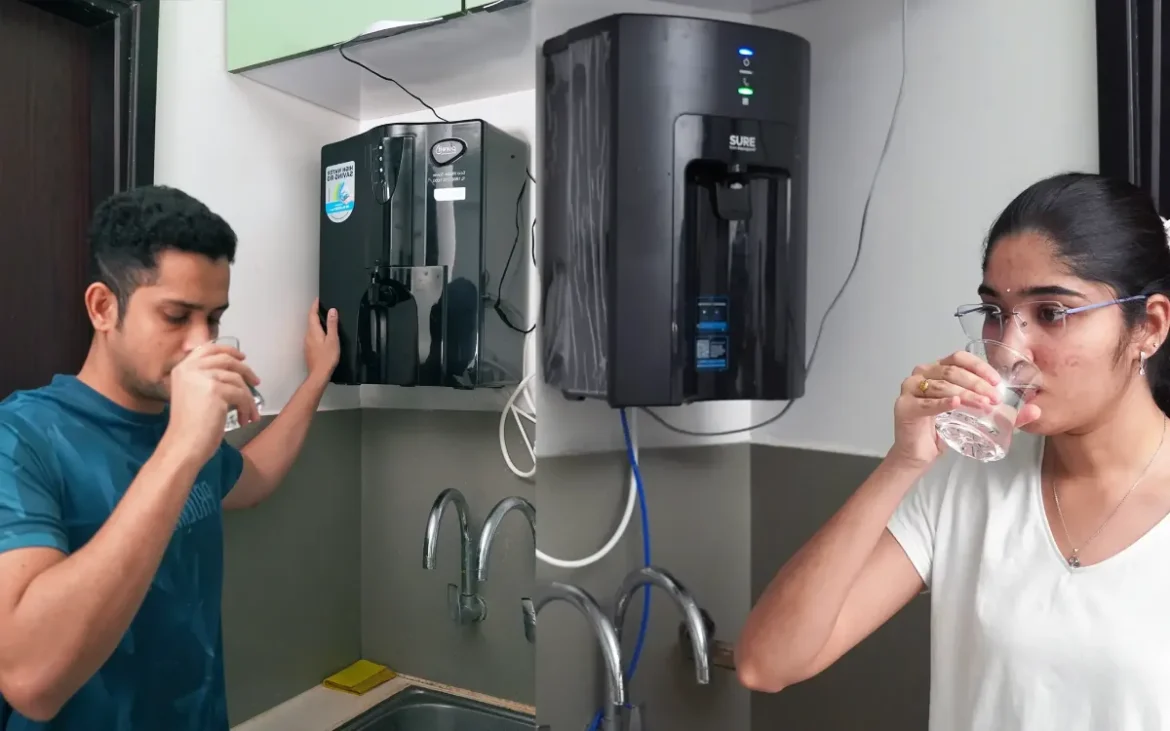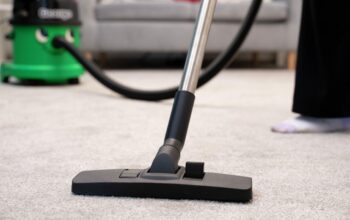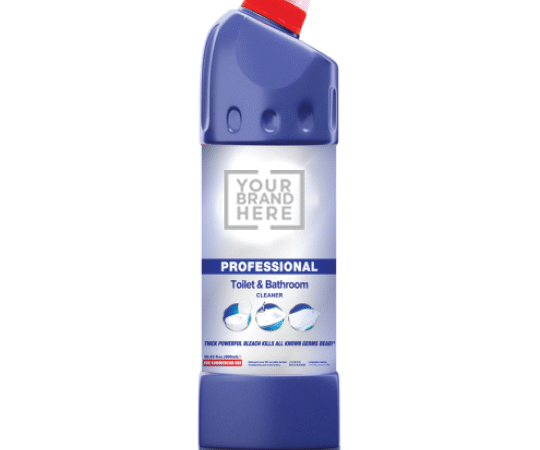Most of us don’t give much thought to the water we drink. It looks clear, tastes fine, and flows easily from the tap. However, things might not be as easy as they may seem either. Water quality can vary greatly depending on location and source, with contaminants like lead, bacteria, and chemicals potentially present. Regular testing and filtration can help guarantee safe drinking water for you and your family. If you are planning to buy a water purifier with a hot water feature, this guide will help you understand what TDS is and how to select a hot water purifier for your home.
What is TDS in Water?
TDS (Total Dissolved Solids) refers to the combined content of all inorganic and organic substances present in water. These include various minerals, salts, metals, and ions such as calcium, magnesium, sodium, potassium, chlorides, sulfates, and nitrates. They can naturally enter the water through contact with soil and rocks or may be introduced as a result of human activities like industrial waste, agricultural runoff, or old plumbing systems.
Why Does TDS Matter?
TDS affects the taste, safety, and usability of your water:
- Low TDS (<50 ppm): May taste flat; lacks essential minerals.
- Ideal TDS (50–300 ppm): Safe and palatable; contains essential minerals.
- High TDS (>300 ppm): May taste salty or bitter; may contain harmful substances.
Excessively high TDS (above 500 ppm) could indicate contamination and may lead to health issues over time.
Choosing the Right Water Purifier Based on TDS
For Low TDS (<300 ppm):
- You may not need a RO (Reverse Osmosis) purifier.
- Recommended: UV + UF purifier (removes bacteria, viruses, and impurities without removing essential minerals).
For High TDS (>300 ppm):
- RO purifiers are ideal as they reduce excess salts and harmful contaminants.
- Look for RO + UV or RO + UF + UV combinations.
Choosing the Right Water Purifier: What to Consider
When selecting a water purifier, consider the following:
- Water source: Is your supply from a borewell, tanker, or municipality? Each has different TDS levels.
- TDS level: Use a TDS meter to measure this. Higher TDS often calls for RO purification.
- Advanced features: For convenience and safety, look for features like hot water dispensing, mineral retention, and intelligent display systems.
- Installation preference: When choosing between a wall-mounted and an under sink water purifier, consider the layout of your kitchen to determine which option fits best.
Features to Look for in a Hot Water Purifier
When selecting a hot water purifier, look for these key features:
- TDS Controller or Adjuster: Retains essential minerals after purification.
- Multiple Purification Stages: Such as RO + UV + UF + Mineralizer.
- Temperature Control: Different heat settings (warm, hot, boiling).
- Storage Capacity: Depending on your family size.
- Energy Efficiency: Look for energy-saving modes or auto shut-off.
- Child Lock Function: Safety feature to prevent accidents with hot water.
Conclusion
Safe drinking water is a daily essential, and choosing the right purifier starts with knowing what your water contains. TDS plays a key role in determining the kind of purification your home needs, whether it’s RO for higher levels or UV and UF for lower ones. So, choose your purifier wisely after assessing your water supply!











